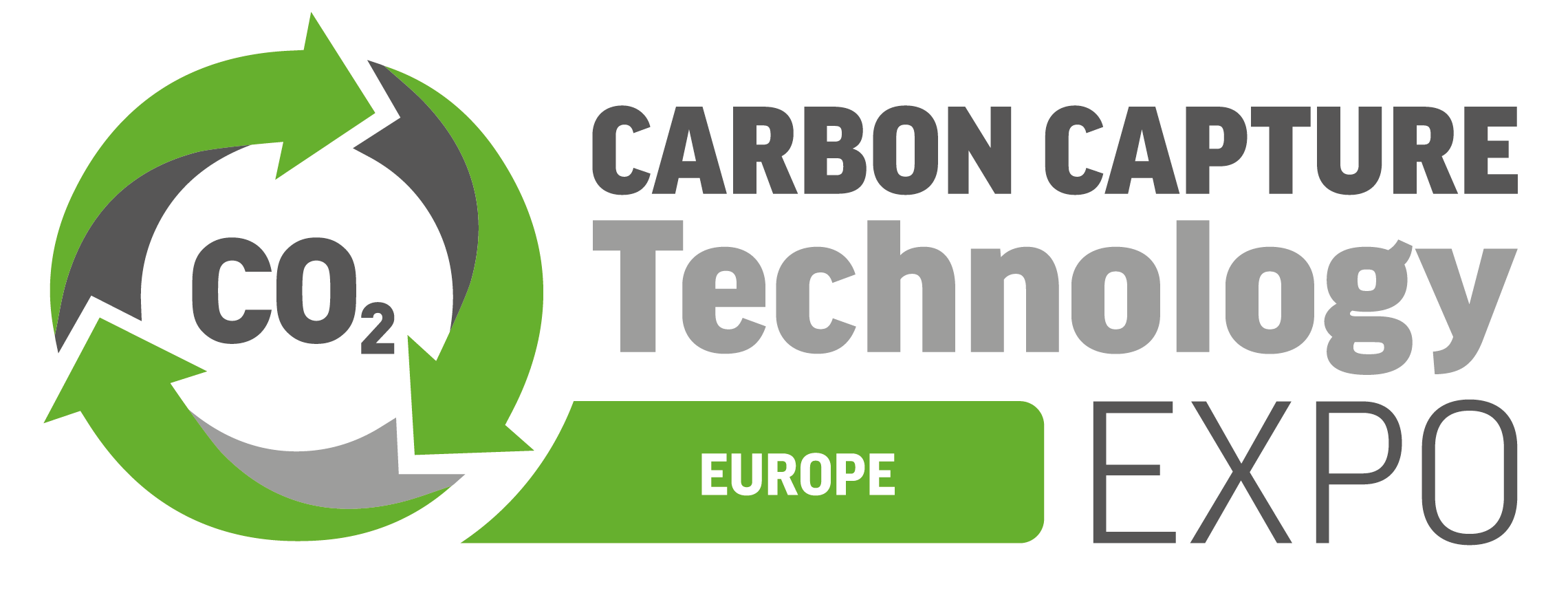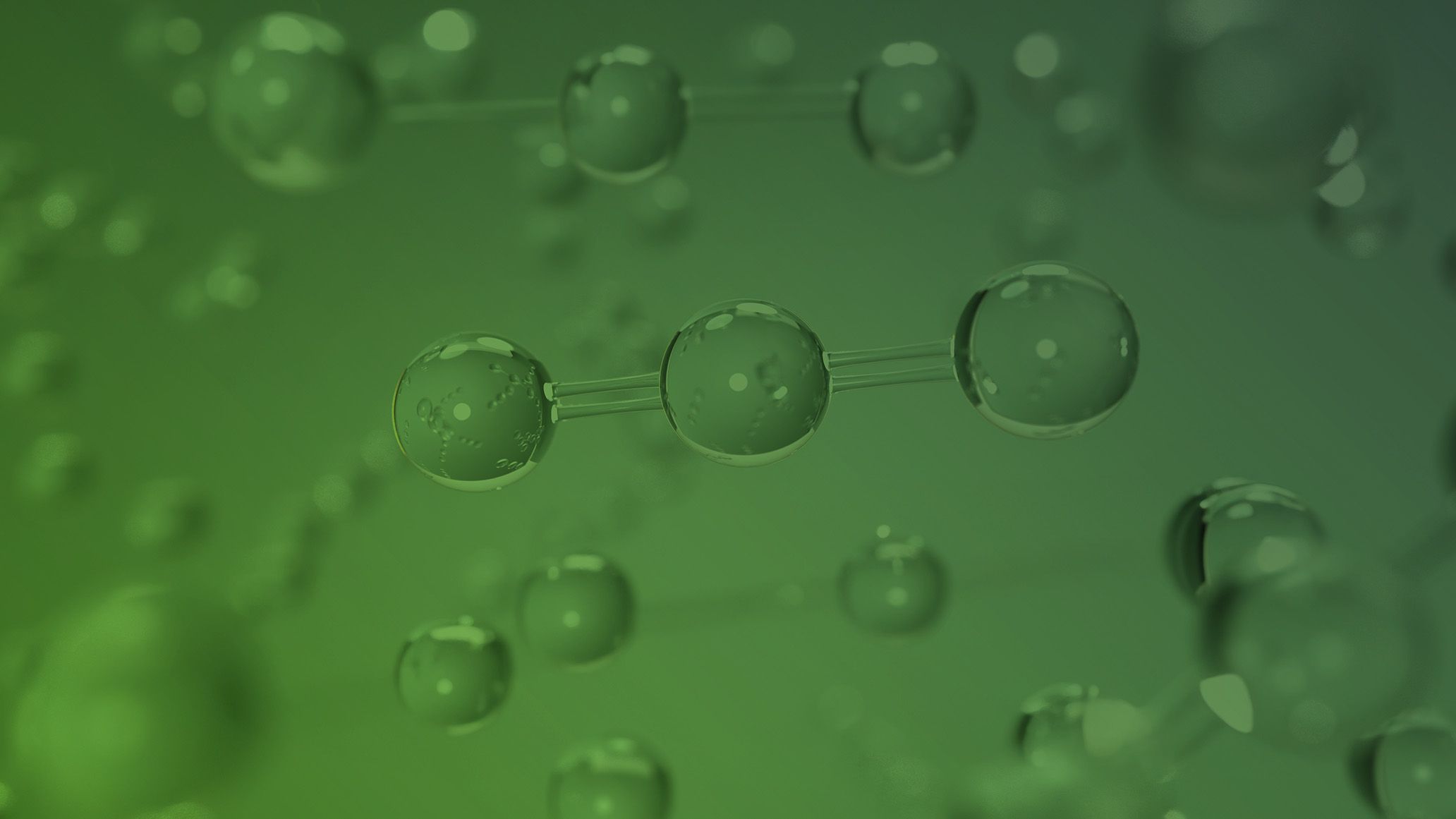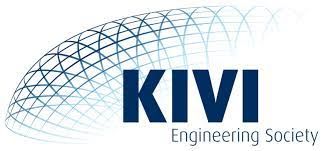Statkraft CCS will have their pre-FEED services provided by Worley
)
It has been announced that Worley is one of three suppliers who have been selected to work with Statkrafts’s Co2 capture facility. The facility is located in Norway, specifically Trondheim and one other company that will be a supplier along with Worley is Mitsubishi Heavy Industries (MHI).
Worley has stated that their plan is to design an optimised carbon capture unit which will be dedicated to the energy facility. The purpose of this unit is to capture 300,000 tonnes of carbon dioxide on an annual basis and the plan to make this possible consists of the use of the Advanced KM CDR Process™ proprietary CO2 capture technology. This is a system that MHI has developed alongside The Kansai Electric Power Co. Inc.
Throughout the pre-FEED study, a particular focus will be placed on environmental and safety aspects, design and the development of a robust cost estimate. On top of this, there are plans in place for studies to occur, which will also be completed in the autumn of this year. After these studies and other parts of the pre-FEED study have been completed, Statkraft will then move onto the next part of their project, deciding if they will go ahead and progress to the next stage of development. The company’s final investment decision will be due in 2027.
Furthermore, it has been agreed that the project will be led by teams based in Denmark and it will also receive support from Worley’s offices in Sweden, Norway, plus the Global Integrated Delivery team within India.
Whilst this pre-FEED study is occurring, Statkraft will continue to evaluate its ongoing long-term project, looking at the idea of maturing and later reaching full scale Co2 capture at its waste incineration plant in Trondheim by 2030.
Nordics Regional Director, Graeme Wilson, commented, “This project will play an important part in realising the potential for carbon capture as a decarbonization tool for the waste to energy industry. And furthers our existing partnerships with MHI in the carbon capture space.”




)
)
)
)
)
)
)
)
)
)
)
)
)
)
)
)
)
)
)
)
)
)
)
)
)
)
)
)
)
)
)
)

)
)

)
)
)
)
)
)
)
)
)
)
)


)
)
)
)
)

)
)

)

)
)
)
)
)
)
)
)
)


)
)
)
